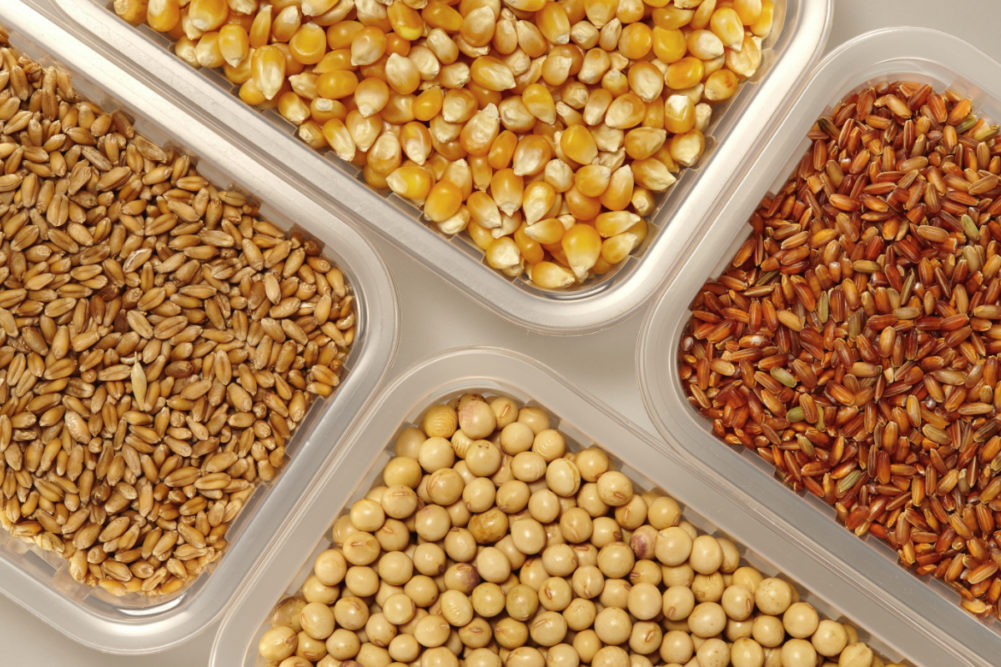BEIJING, CHINA — China is planning multiple changes to its grain policies in order to meet increasing feed demand and deal with the COVID-19 pandemic, according to a report from the Foreign Agricultural Service of the US Department of Agriculture (USDA).
The policy changes include reversing efforts to reduce corn area, a return to double crop rice planting, stabilization of wheat area and a reduction in overall fallow area.
Feed and residual use in 2020-21 is expected to increase 4% to 212.7 million tonnes, as the hog feed loss due to African swine fever is offset by strong poultry and ruminant expansion, the USDA said. In addition, a swine and poultry restocking boom is expected following COVID-19.
“Pig farms nationwide are enthusiastic about restocking, encouraged by record high pork prices, the potential development of an ASF vaccine, and waves of government incentive measures,” the USDA said.
Corn production in 2020-21 is forecast down 4% to 250 million tonnes, mainly due to concerns about Fall Armyworm. Consumption forecast is up 11 million tonnes to 280 million as feed demand is estimated to return to pre-ASF levels, the USDA said.
Wheat production is expected to increase slightly to 135 million tonnes due to a policy-driven larger area. Consumption is forecast slightly lower at 125 million tonnes, down 3 million tonnes from March estimates for 2019-20, due to lower feed use.
Feed use is forecast at 17 million tonnes, down 1 million tonnes. That is based on normal wheat quality in 2020-21 and lower volumes of feed-quality wheat in 2019-20.
Price and quality are the main factors determining how much wheat is used in feed, the USDA said.




